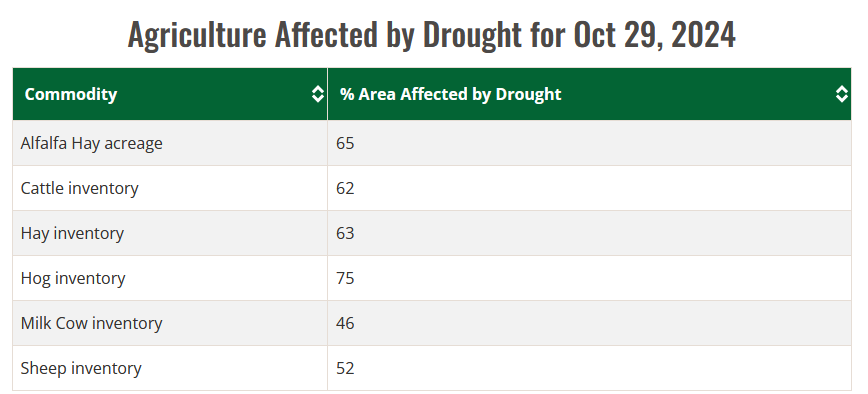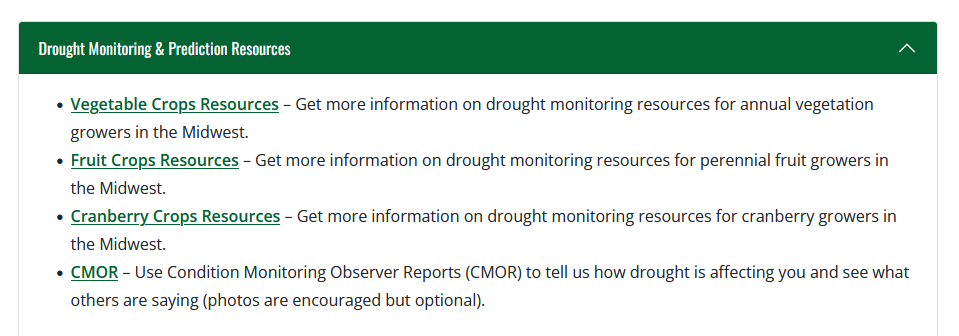Weather Outlook for the U.S. for Today Through at Least 22 Days and a Six-Day Forecast for the World: posted November 6, 2024
This article focuses on what we are paying attention to in the next 48 to 72 hours. The article also includes weather maps for longer-term U.S. outlooks (up to four weeks) and a six-day World weather outlook which can be very useful for travelers.
First the NWS Short Range Forecast. The afternoon NWS text update can be found here after about 4 p.m. New York time but it is unlikely to have changed very much from the morning update. The images in this article automatically update.
Short Range Forecast Discussion
NWS Weather Prediction Center College Park MD
Wed Nov 06 2024
Valid 12Z Wed Nov 06 2024 – 12Z Fri Nov 08 2024…Heavy rain threat emerging over the interior Southeast late today into
Thursday as tropical moisture associated with weak low over southeastern
Gulf of Mexico lifts northward...…Increasing threat for heavy snow to impact the central to southern
Rockies and nearby High Plains through the next couple of days……Watching the Florida Keys for impacts associated with Hurricane Rafael
forecast to pass not far too to the west tonight……Record warmth expected for the Mid-Atlantic and southern New England
today…As heavy rain threat across the Mississippi Valley gradually diminishes
today, tropical moisture associated with a weak low pressure circulation
centered over southeastern Gulf of Mexico is beginning to lift north
toward the Florida Panhandle under a broad channel of southerly flow
aloft. This weak low is a system somewhat separate from Hurricane Rafael
farther south in the Caribbean Sea. The tropical moisture associated with
the weak low is forecast to be drawn northward today, leading to heavy
rainfall tonight into Thursday morning across the interior section of the
Southeast. WPC currently places a moderate risk of heavy rain across
central Georgia into portions of South Carolina for this upcoming heavy
rain event. Meanwhile, moderate to locally heavy rain associated with a
cold front early this morning along the Mississippi and Ohio Valley early
this morning is forecast to become more scattered in nature as today
progresses.Meanwhile, Hurricane Rafael continues to intensify over the northwestern
Caribbean Sea while heading northwest toward western Cuba. The National
Hurricane Center calls for Rafael to be a category-2 hurricane as it
passes not too far to the west of Key West tonight into Thursday morning.
Tropical Storm Warning is in effect for the western portion of the Florida
Keys where increasing winds with passing squally downpours associated with
rainbands from Rafael can be expected by tonight.As Rafael threatens the Florida Keys, a winter storm is brewing across the
southern Rockies. A vigorous upper-level trough is plunging south toward
the Four Corners early this morning, ushering a surge of polar air into
the region while developing an area of snow over the central Rockies into
the central High Plains. The snow is expected to expand in coverage and
pickup intensity as today progresses. The compact and vigorous nature of
this upper low will help sustain the snow in the general vicinity of
central to southern Rockies into the nearby High Plains (mostly within
Colorado and New Mexico) as the upper low rotates and lingers. If the
upper low deepens more than expected, the associated snow could linger in
the same area farther out in time. There is potential for a foot of snow
to fall across the Front Range of Colorado, while a few feet of wet snow
is possible farther south across the higher elevations near the
Colorado-New Mexico border and into northern New Mexico. Winter Storm
Watches and Warnings as well as Winter Weather Advisories have been issued
for much of the aforementioned areas. In addition to producing snow, this
vigorous upper low could have changeable influences on the future track of
Rafael in the Gulf of Mexico. Please refer to NHC for the latest forecast
track on Rafael.As arctic air plunges into the region temperatures will fall to the 30s
and 40s across the valleys and drop to the single digits in the cool spots
for overnight lows. Make sure to bundle up. Strong wind gusts along with
lower moisture will increase the risk for wildfires over the next few
days. Red flag warnings are in effect for portions of coastal and interior
California. The Storm Prediction Center has Critical Fire Conditions
highlighted for southern California today with an extreme area in the
vicinity of Santa Clarita which will carry over into Thursday. In
contrast, high temperatures are forecast to challenge or break records
today across the Mid-Atlantic into southern New England as well as
scattered locations in the South ahead of the weakening cold front moving
across the Mississippi Valley.













